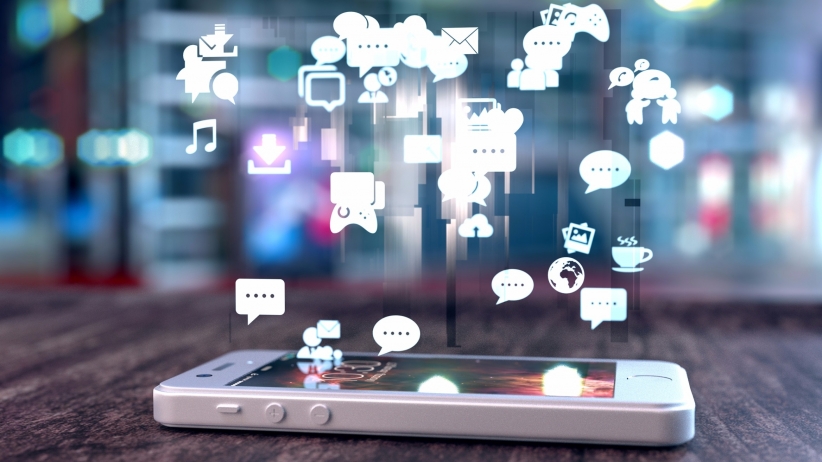Your Future iPhone Might Know How You Are Feeling
— January 14, 2016The Next Frontier in Data Analytics
Every action online generates data. Companies track what users click, view, and search. This information fuels targeted advertisements and personalized recommendations. But imagine if companies could go beyond observing your behaviors to understanding how you feel about them. This capability represents the next evolution of data analytics, where emotion becomes part of the equation.
Apple’s recent acquisition of Emotient, a San Diego-based artificial intelligence (AI) startup specializing in emotional recognition, suggests that this technology may soon become a reality. Emotient’s software analyzes facial expressions to interpret emotions. If integrated into future iPhones, this innovation could fundamentally change how devices interact with users.
Apple’s Strategic Acquisition
Although Apple confirmed the acquisition to The Wall Street Journal, details of the deal remain undisclosed. Emotient’s technology is designed to decode emotions by analyzing subtle facial movements, offering valuable insights into how individuals feel in real-time. This capability extends beyond mere curiosity—it has significant implications for businesses seeking to refine user experiences.
Apple’s interest in emotion-recognition technology aligns with its broader efforts in artificial intelligence. This acquisition follows the company’s purchase of VocalIQ in October, a U.K.-based startup focused on improving voice interaction with digital devices. Together, these acquisitions indicate Apple’s commitment to making its products more intuitive and responsive to human behavior.
Business Implications of Emotion Analysis
Understanding emotions through technology opens new possibilities for businesses. Companies could use this insight to measure how audiences respond to advertisements, apps, and products. By identifying emotional reactions, businesses can refine their offerings to better align with customer preferences. This tailored approach has the potential to increase engagement, foster loyalty, and drive sales.
For example, if a company knows that a particular advertisement elicits frustration rather than excitement, it can adjust its messaging to evoke a more positive response. Similarly, developers could modify mobile apps development or products based on real-time emotional feedback, ensuring that user experiences are more satisfying and engaging.
Ethical Considerations and Privacy Concerns
While the potential applications of emotion-recognition technology are compelling, they also raise significant ethical and privacy concerns. If devices can track and interpret emotions, what safeguards will exist to protect this deeply personal data? Companies must address these issues to ensure that such innovations are used responsibly.
Apple’s history of emphasizing user privacy may provide some reassurance. However, as emotional data becomes part of the digital ecosystem, clear policies and regulations will be necessary to prevent misuse. Transparency about how this data is collected, stored, and used will be critical in gaining public trust.
The Future of Human-Device Interaction
If emotion-recognition technology becomes standard in smartphones, it could redefine how people interact with their devices. Instead of relying solely on touch, voice, or text inputs, future iPhones might respond to subtle cues like a frown or a smile. This level of responsiveness could make technology feel more human and personalized.
For instance, an iPhone could detect frustration during a difficult task and proactively offer assistance. Similarly, it could recommend uplifting content if it senses sadness. These capabilities would deepen the bond between users and their devices, making technology a more empathetic companion.
Apple’s Role in Shaping the AI Landscape
Apple’s acquisition of Emotient reflects its strategic vision for integrating advanced AI capabilities into its ecosystem. By focusing on technologies that enhance user experience, Apple continues to distinguish itself in a competitive market. While other companies may explore similar innovations, Apple’s focus on seamless integration and user-centric design gives it a unique edge.
Emotion-recognition technology is still in its early stages, and its full potential remains to be seen. However, Apple’s investment in this area signals a belief that emotions will play a key role in the next phase of digital interaction. As these tools evolve, they could transform not only how people use technology but also how they perceive it.
Conclusion
Apple’s acquisition of Emotient marks an important step toward creating devices that understand and respond to human emotions. This innovation has far-reaching implications for businesses, user experience, and the future of artificial intelligence. While challenges related to privacy and ethics remain, the potential benefits of emotion-recognition technology are undeniable.
As this technology develops, it will be fascinating to see how companies like Apple balance innovation with responsibility, shaping a future where devices truly understand the people who use them.





